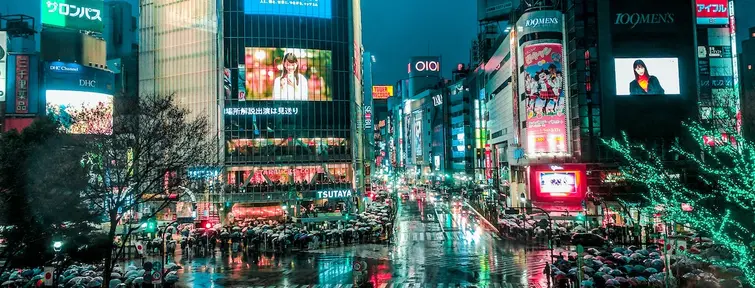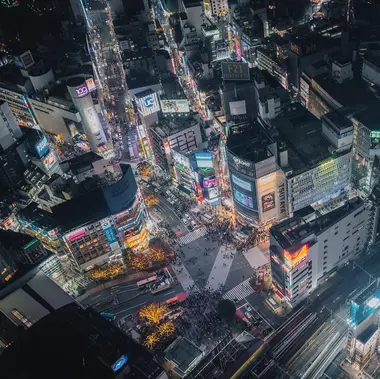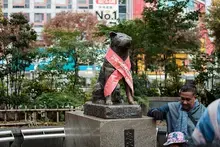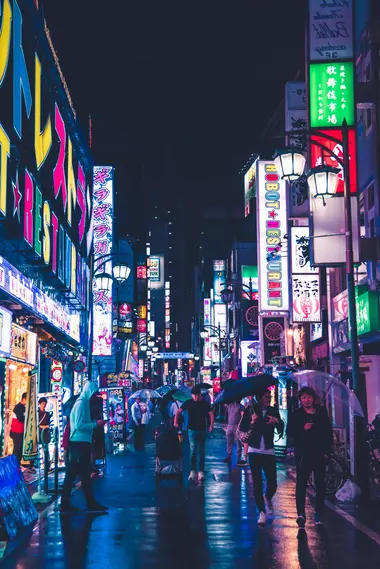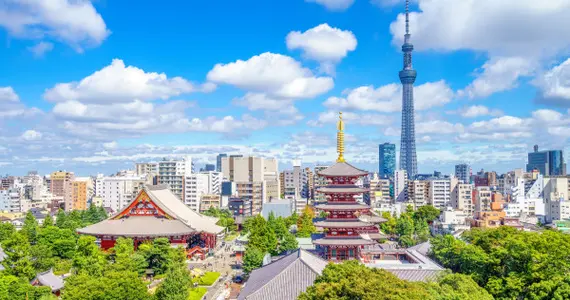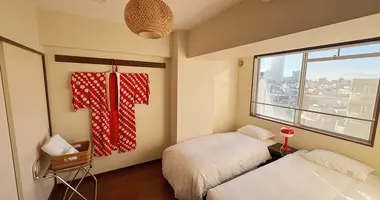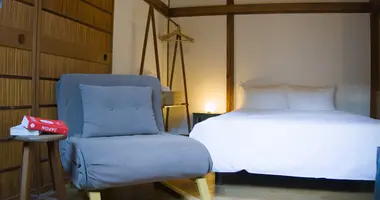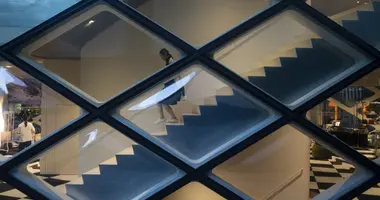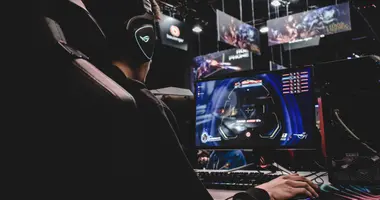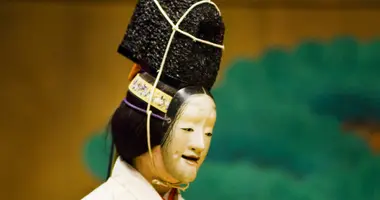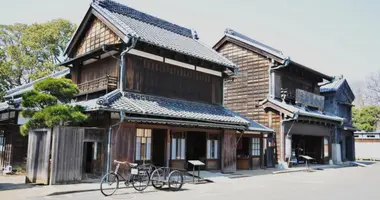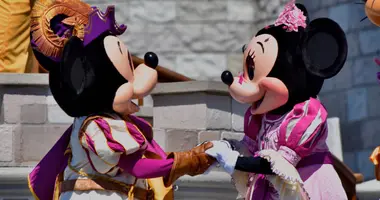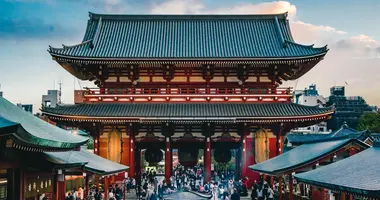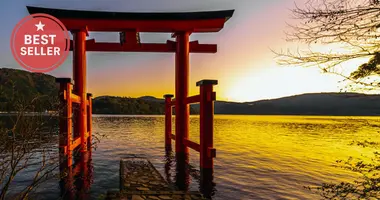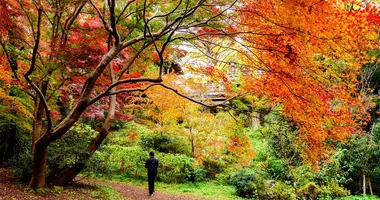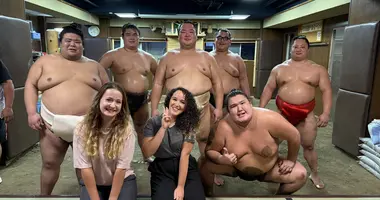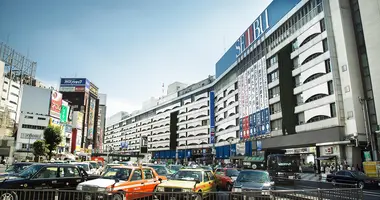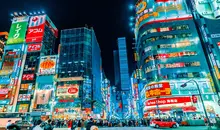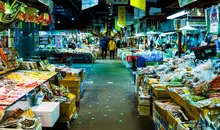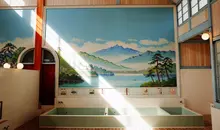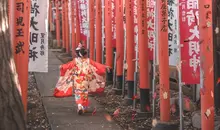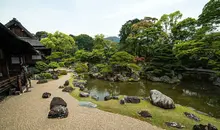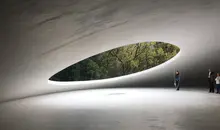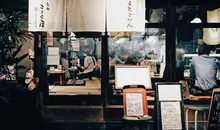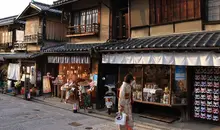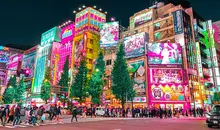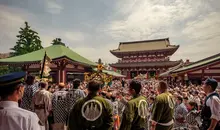The Shibuya district: Tokyo's vibrant, trendy heart
- Published on : 27/02/2024
- by : J.L.T.B. / J.R.
- Youtube
Shibuya is without doubt one of Tokyo's most emblematic and dynamic districts. A veritable crossroads for fashion, technology and Japanese pop culture, this district alone embodies the effervescence of the Japanese capital. With its famous pedestrian crossroads, huge illuminated screens and perpetual crowds, Shibuya offers a unique urban experience. A nerve center for Tokyo's youth, this district is the ideal place to take the pulse of the city and immerse yourself in Tokyo's electric atmosphere. Discover the many facets of Shibuya, from its lively shopping streets and vibrant nightlife to its technological innovations and avant-garde cultural scene.
An emblematic crossroads and a unique vibrancy
The beating heart of Shibuya is undoubtedly its famous pedestrian crossroads, a true symbol of the district and of Tokyo as a whole. Located just opposite the Hachikō exit from Shinjuku station, this crossroads sees up to 3,000 people pass through at each light change. The spectacle is particularly impressive when pedestrians cross diagonally, creating a fascinating urban ballet.
Overlooking this mythical crossroads,huge advertising screens continuously broadcast music videos and colorful advertisements, adding to the supercharged atmosphere of the place. To take full advantage of this unique spectacle, head to the Starbucks above the Tsutaya bookshop, which offers a breathtaking view of the crossroads.
Not far away is the Hachikō dog statue, a symbol of loyalty that has become a must-see meeting place for Tokyoites. The statue pays homage to a dog that waited for its deceased master for years at Shibuya station, perfectly illustrating the Japanese attachment to the values of loyalty and perseverance.
Shopping and fashion paradise
Shibuya is renowned as one of Tokyo's fashion hotspots. The district is packed with boutiques and department stores where you can find the latest fashion trends. Not to be missed:
- Shibuya 109: a veritable temple of fashion for young Japanese women, this 10-storey shopping mall is home to some 100 boutiques offering the latest trends.
- Tokyu Hands: an 8-storey department store offering an incredible variety of items, from everyday objects to the most unusual gadgets.
- Hikarie Shopping Center: a modern complex of designer boutiques, restaurants and exhibition spaces.
- The streets adjacent to the crossroads are also dotted with independent boutiques and thrift shops where you can pick up unique pieces. For streetwear enthusiasts, don't miss rue Meiji-dori, home to a host of specialist shops.
A vibrant nightlife and cultural scene
When the sun goes down, Shibuya transforms itself into a mecca for Tokyo's nightlife.
The district is packed with bars, clubs and concert halls to suit all tastes:
- Womb: one of Tokyo's most famous clubs, known for its electro nights and gigantic disco ball.
- VR Park: a virtual reality theme park for a unique immersive experience.
- Karaoke Kan: a multi-storey karaoke bar where you can sing the night away.
Shibuya is also a major cultural center, with numerous venues dedicated to contemporary art and live performance.
Don't miss Bunkamura, a cultural complex comprising a museum, theater and concert hall.
Not-to-be-missed landmarks
Beyond its famous crossroads, Shibuya is home to a number of must-see places:
- Yoyogi Park: a vast green space ideal for relaxing and watching Tokyoites engage in a variety of activities.
- Meiji Shrine: one of Japan's most important Shinto shrines, nestled in a green setting.
- Takeshita-dori street: famous for its kawaii fashion boutiques and crêperies.
- Uobei: a futuristic sushi restaurant where dishes are served by automated rails.
These emblematic places will allow you to discover the different facets of Shibuya, between modernity and tradition.
Getting around and exploring Shibuya
Shibuya is easily accessible thanks to its central station served by several train and subway lines, including the famous Yamanote Circle Line. Once there, the best way to explore the district is on foot, allowing you to soak up its unique atmosphere.
To optimize your visit, here are a few tips:
- Start at the Shibuya crossroads to immerse yourself in the neighborhood's atmosphere.
- Explore the adjacent shopping streets, such as Center Gai and Spain-zaka.
- Take a break in one of the district's many trendy cafés to watch the crowds.
- End your day with an evening in one of Shibuya's bars or clubs to experience Tokyo's nightlife.
Don't hesitate to lose yourself in the side streets to discover less touristy and more authentic places.
The history and evolution of the district
Shibuya has undergone a spectacular transformation over the decades. Once a simple rural village, the district grew rapidly after the great Tokyo earthquake of 1923. The opening of Shibuya station in 1885 marked the beginning of its expansion, which accelerated after the Second World War.
In the 1970s, Shibuya became the center of youth culture and fashion in Japan. The opening of Shibuya 109 in 1979 consolidated this reputation, attracting hordes of young people in search of the latest trends.
Today, Shibuya continues to evolve with ambitious urban redevelopment projects, including the construction of new skyscrapers and the creation of green spaces. These developments aim to maintain Shibuya's position as an innovative, forward-looking district.
Shibuya in popular culture
Shibuya occupies an important place in the Japanese and international collective imagination. The district has been the setting for numerous films, TV series and video games, contributing to its worldwide renown.
Famous works featuring Shibuya include:
- Sofia Coppola's film "Lost in Translation", which captures the district's surreal atmosphere at night.
- The video game "The World Ends with You", set entirely in a stylized version of Shibuya.
- The manga and anime "Your Name", some of whose key scenes take place at the Shibuya crossroads.
These representations in popular culture have helped make Shibuya a symbol of contemporary Japanese urban culture, attracting millions of visitors from all over the world every year.
If you'd like to explore Tokyo in greater depth, take a look at our "Tokyo, the Ideal Guide" or explore other iconic districts such as Harajuku, Shinjuku, Ginza or Meguro. For a complete guided experience of the city, discover our full-day Tokyo Discovery or explore our other Tokyo Activities.
